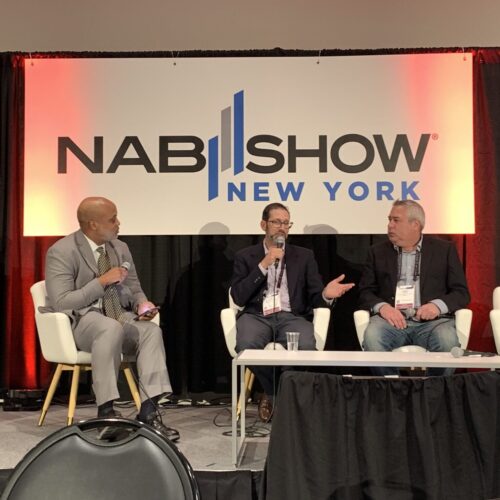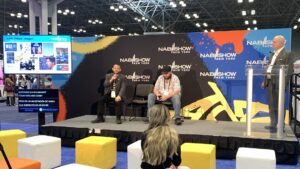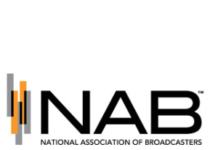
Possibly radio’s defining issue of 2023, AM radio was at the forefront of the final day of NAB Show New York with two panels covering the band, the continued fight for its place in the car, strategies for successful AM programming, and its technological future.
Hubbard Radio CEO Ginny Morris gave a preamble, summarizing the year’s efforts to preserve AM radio, especially recent developments with the AM For Every Vehicle Act in Congress, citing a massive response of 360,000 emails and 44,000 tweets to lawmakers from the NAB’s “Depend on AM” campaign.
The first panel delved into winning content strategies for AM radio, featuring insights from Perry Publishing and Broadcasting GM Kevin Perry as well as WHLI-AM Program Director/Brand Manager Jon Daniels, and Production/Creative Services Director Sean Lynch. The panelists discussed the unique challenges and opportunities that AM radio presents, especially in a landscape where FM often takes the spotlight.
Daniels posed the question of whether strategies effective for FM radio could also work for AM, noting that AM stations are often overshadowed by their FM counterparts. Lynch recounted how WHLI-AM was crucial during emergencies like Hurricane Sandy, providing real-time updates on flooded roads and blackouts. Daniels echoed this sentiment, stating that radio stations serve as a lifeline during crises, offering both real-time information and a sense of calm.
Perry discussed the importance of AM radio to under-served communities, such as immigrants who prefer AM for its content and music available in their native languages.
Lynch stressed the importance of modernizing the sound and imaging of AM stations to make them seem as cutting-edge as their FM counterparts. Daniels added that reducing the frequency of ads could significantly improve listener experience, using the example of a station that went from eight stopsets an hour to just two.
At the second panel, on the show floor, chief broadcast engineers Andy Gladding from Salem Media’s WMCA-AM and Dan Hirschl from Red Apple Media’s WABC-AM covered the technological challenges and opportunities facing AM radio today.
Hirschl emphasized that for smaller groups of stations like his, the focus should be on content. He said the decision-making process is quick and centered around shepherding the content to the right platform. Gladding discussed identifying the right audience for digital products, stressing the importance of cross-platform strategies to get the product to the right listener.
Hirschl cautioned that “better” technology doesn’t necessarily mean better service for the public. He said technology is universally available, but how it’s used, especially for talk-based radio, is crucial. Gladding added that being relevant involves having the right infrastructure. Both engineers agreed that transitioning to a digital signal might not always be the best move. Hirschl argued that in most cases, the change to digital isn’t worth it in terms of quality, while Gladding noted that such a transition would require a considerable investment in time and resources.
Gladding highlighted the need for the next generation of engineers, just as there is a need for a new generation of listeners. He noted that old technology serves as a building block for future innovations. Hirschl recommended treating AM as just one of many distribution channels. He said content should be made available in various forms, from podcasts to AM radio, to attract a wider audience.
He also pointed out that a strong AM signal is essential for public safety, particularly in large cities. Gladding concluded by saying that AM radio plays a crucial role in avoiding “news deserts,” areas with limited access to local news, thus highlighting its continued relevance.
The panelists agreed that while AM radio faces challenges, it remains an essential medium, particularly for specialized content and in times of emergency.











Can’t someone do the same as AM radio with an online signal – much less investment and can still do local radio in so called underserved markets?
Content, content, content first. Please, give people reasons to tune to your signal. In many markets there are dozens of signals, but most are of limited interest to the general public. Quality. Stations with great equipment are, with limited bandwidth, being forced to squeeze their signal through receivers with the audio clarity of a pillow. FM has ways of limiting noise, AM technology should be available too. It’s a start.